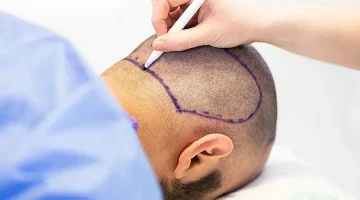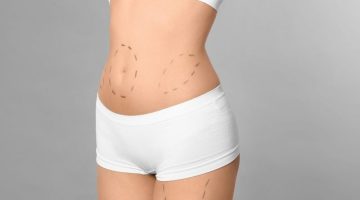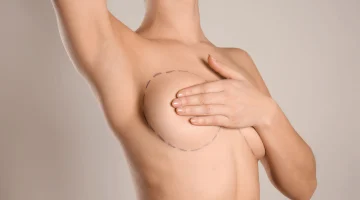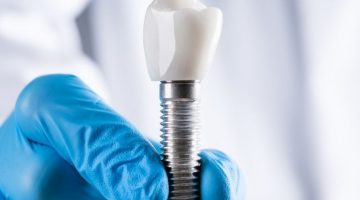Rhinoplasty, a surgical procedure designed to reshape the nose for cosmetic or functional reasons, requires careful attention to post-operative care. Proper aftercare is crucial to ensure a smooth recovery and achieve the best possible results. Whether you’re having surgery for aesthetic reasons, such as altering the shape or size of your nose, or for functional purposes, like improving breathing, following the correct post-surgery guidelines is essential. In this blog, we’ll go over the most important things to consider after your rhinoplasty procedure to help you recover effectively and enjoy long-lasting results.
The First Few Days: Managing Swelling and Bruising
In the first few days following rhinoplasty, swelling and bruising are common and completely normal parts of the healing process. Most of the swelling will be concentrated around the eyes and nose, and bruising can appear as dark discoloration on the cheeks and under the eyes. To help manage these symptoms, it’s important to keep your head elevated, even while sleeping, to minimize swelling. Applying cold compresses gently to the area (as recommended by your surgeon) can also help reduce bruising and swelling. Avoid any strenuous activities or anything that could cause pressure on your face, and try to limit your exposure to heat, as this can exacerbate swelling. Patience is key during this period—while the swelling and bruising may seem prominent, they will gradually subside as you continue with your recovery.
Protecting Your Nose: What to Avoid
After rhinoplasty, protecting your nose during the healing process is crucial to ensure optimal results. For the first few weeks, you should avoid any activities that could potentially cause trauma to the nose, such as contact sports, heavy lifting, or even situations where you might accidentally bump into something. It’s also important to avoid wearing glasses or sunglasses that rest on your nose, as this pressure can affect the healing process and the shape of your nose. Additionally, steer clear of blowing your nose, as it can disrupt the internal healing and cause bleeding or increased swelling. Always follow your surgeon’s specific instructions and avoid any actions that could put unnecessary strain on your nose while it’s still vulnerable. Keeping your nose protected during this sensitive period is key to achieving the best long-term results.
Long-Term Healing and Final Results
The long-term healing process after rhinoplasty can take several months, and it’s important to understand that the final results may not be fully visible until up to a year after the surgery. During the first few weeks, most of the swelling will subside, but subtle swelling can remain in the nose for a few months. It’s important to be patient as the nose gradually refines its shape. Over time, the soft tissues will settle, and any remaining swelling will disappear, revealing the true outcome of the procedure. Throughout this period, maintaining follow-up appointments with your surgeon is essential to monitor your progress and address any concerns. By avoiding trauma to the nose and following the care guidelines, you’ll be giving yourself the best chance for a successful recovery and a beautifully shaped nose that enhances both appearance and function.












Leave a Reply